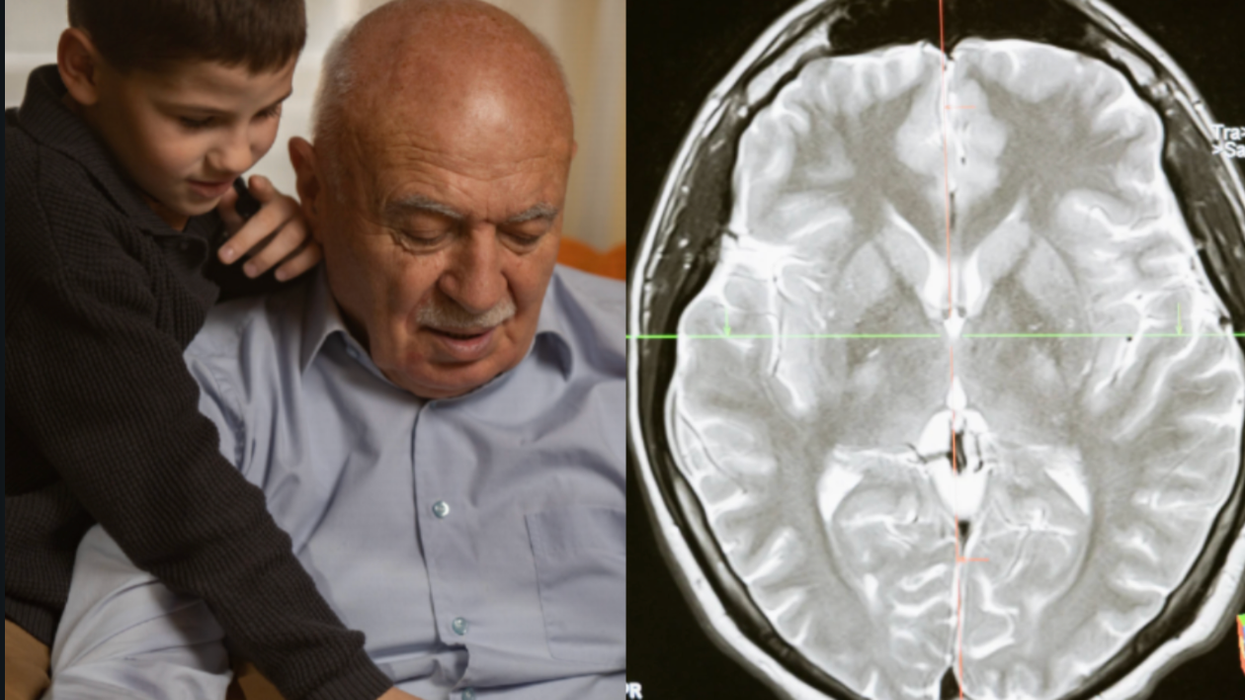Color already plays a major role in communicating messages: Just think of those bright yellow Livestrong bracelets, red T-shirts for Bono's (Red) campaign to fight AIDS in Africa, or all pink everything for breast cancer awareness. Now, a new collaborative of design students and color specialists wants to strengthen the connection between color and cause.
The "Color in Action" project began when Pantone, which sets color standards for design industries, approached the graphic design students of San Francisco's Academy of Art University with a challenge: How can color be used as a social vehicle to create change?
Under the guidance of instructors Tom Sieu and John Barretto, the students held a few brainstorming sessions and split into eight teams, each with a social issue at its core. “Team Environment is tackling the issue of rising sea levels, while Team Discrimination is focusing on bullying,” Sieu says. Each team began researching how to use color as the foundation of a campaign for its chosen cause.
Sieu ensured his students took a measured approach. “For the first six weeks, even before we started to think about design solutions, it was all about research," he says. “That's rare in a design curriculum. Usually, on week two of any given design class, students go off and start designing without developing a true sense of the problem they’re attacking.”
Team Literacy proposed a museum at which avid readers would mingle with beginners, creating a supportive community to foster peer-to-peer education. Team members chose the color red, in part because it's a homophone to the past-tense verb “read.” Plus, the color connotes attention, urgency, and enthusiasm — all words the students felt were applicable to their cause.
Another team addressed an equally challenging cause by asking a pointed question: If you lost your eyesight tomorrow, how would you experience color? From that prompt, Team Sense investigated how to help colorblind people "see" color. The result was the Reveal Color Code System, which turns colors into simple shapes accessible to the colorblind. A hexagon, for example, represents blue, while a triangle stands for yellow. The team suggests the shapes be printed onto clothing tags, next to the garment care instructions. The students also propose using Braille on Pantone swatches. “We would like to imagine a world where the visually impaired can also enjoy the beauty of color,” the students wrote in a presentation of the project.
The main challenge facing students participating in the Pantone project is common to many design schools. “College students are taught about design, but then they get out into the professional world and struggle trying to get their message across,” says Giovanni Marra, Pantone's director of corporate marketing. He hopes the collaboration will teach students about the importance of storytelling and communication in design. “For the presentations, the students had to organize their thoughts and put together a cohesive presentation and communicate what they're trying to do,” Mara says. “I think that's something that's always lacking in design schools today.”
On May 14, the student designers will deliver their final presentations, with the winning team receiving a $10,000 scholarship from Pantone. Some of them may even become reality. “Some of the projects really are amazing,” Mara says. “We're hoping that a few of these projects will be realized, and potentially help fund one or two of these projects, whether they win the scholarship or not.”
Photos courtesy of Bob Troy; presentation slides courtesy of the Academy of Art University







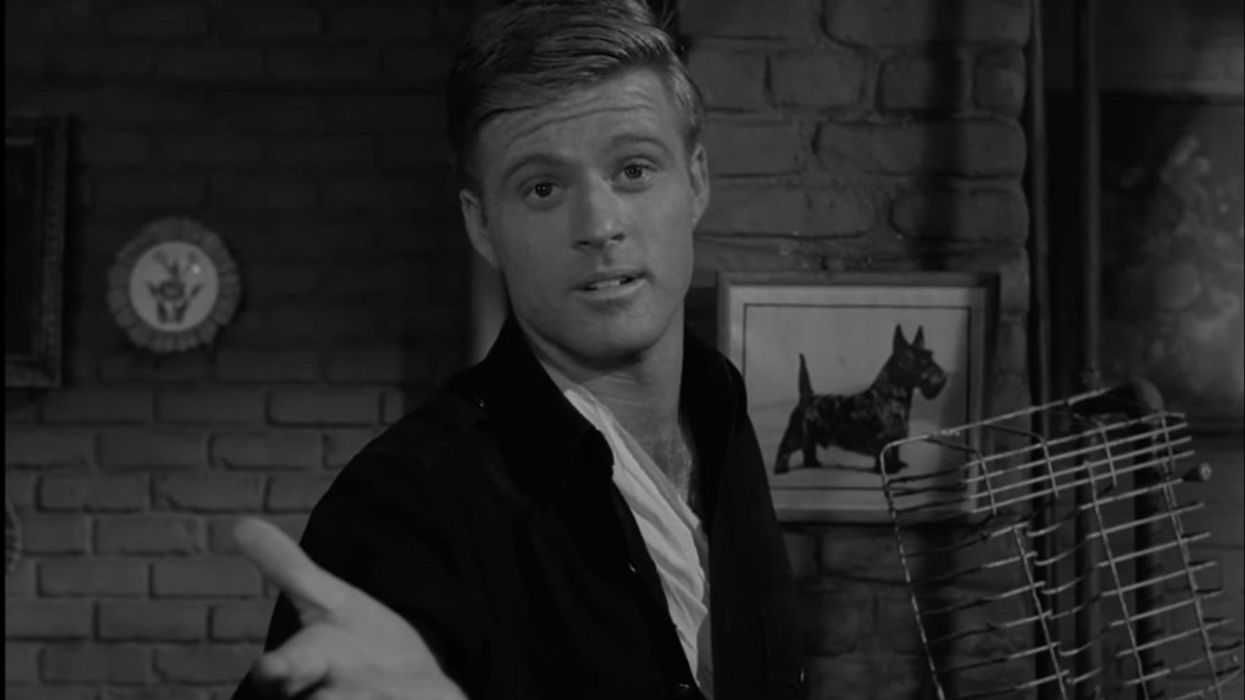
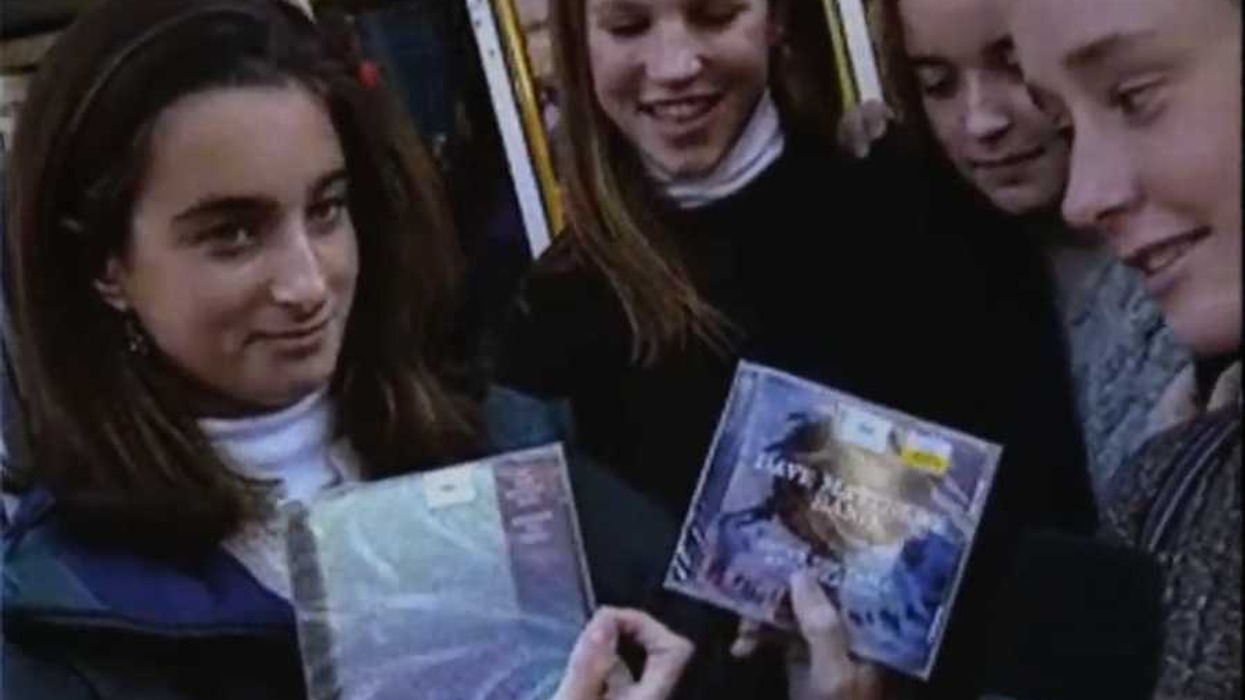


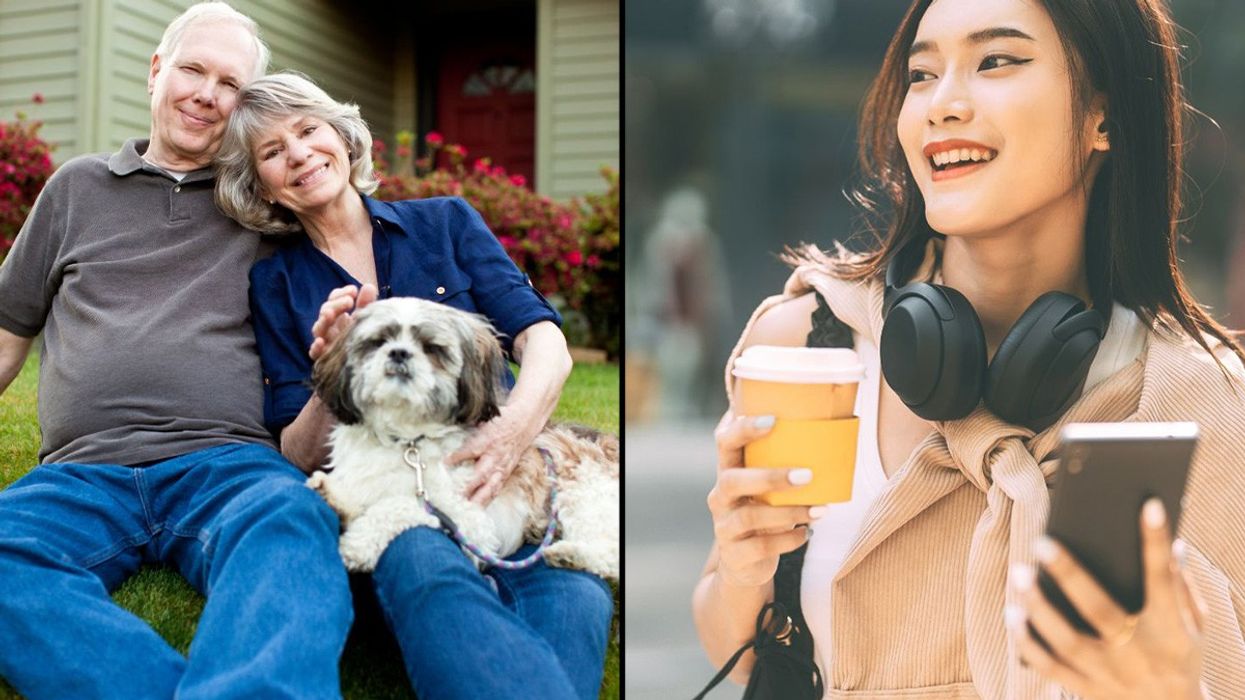



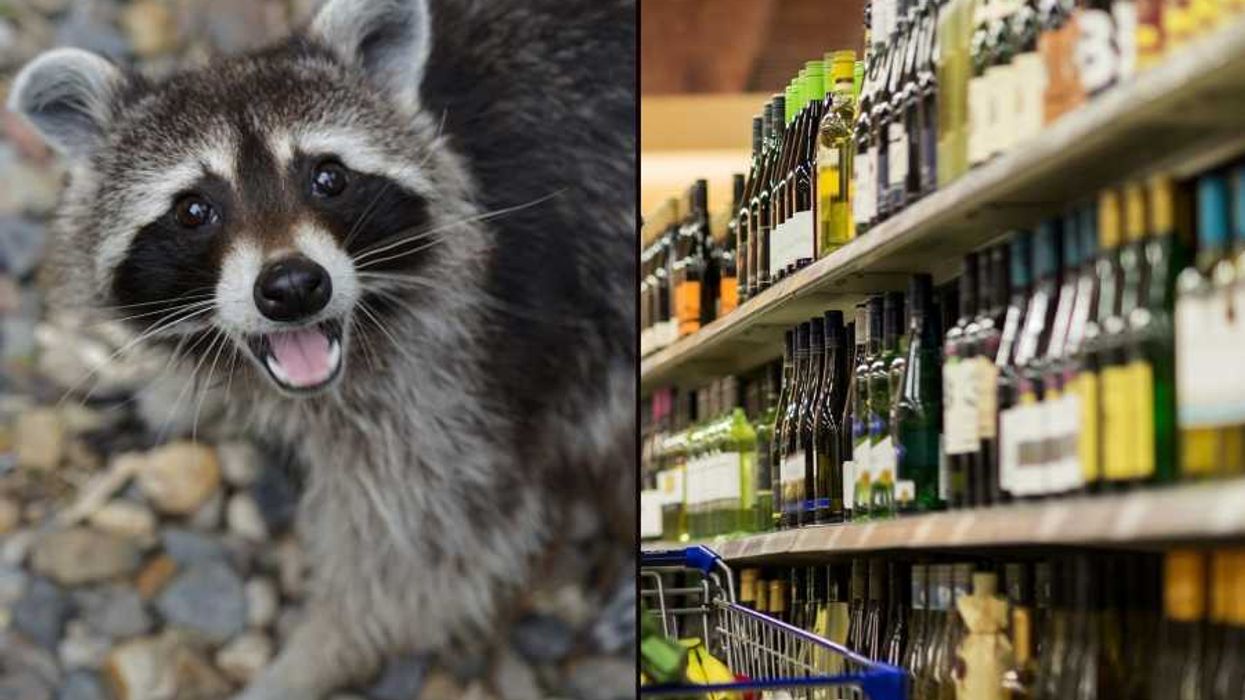

 Image artifacts (diffraction spikes and vertical streaks) appearing in a CCD image of a major solar flare due to the excess incident radiation
Image artifacts (diffraction spikes and vertical streaks) appearing in a CCD image of a major solar flare due to the excess incident radiation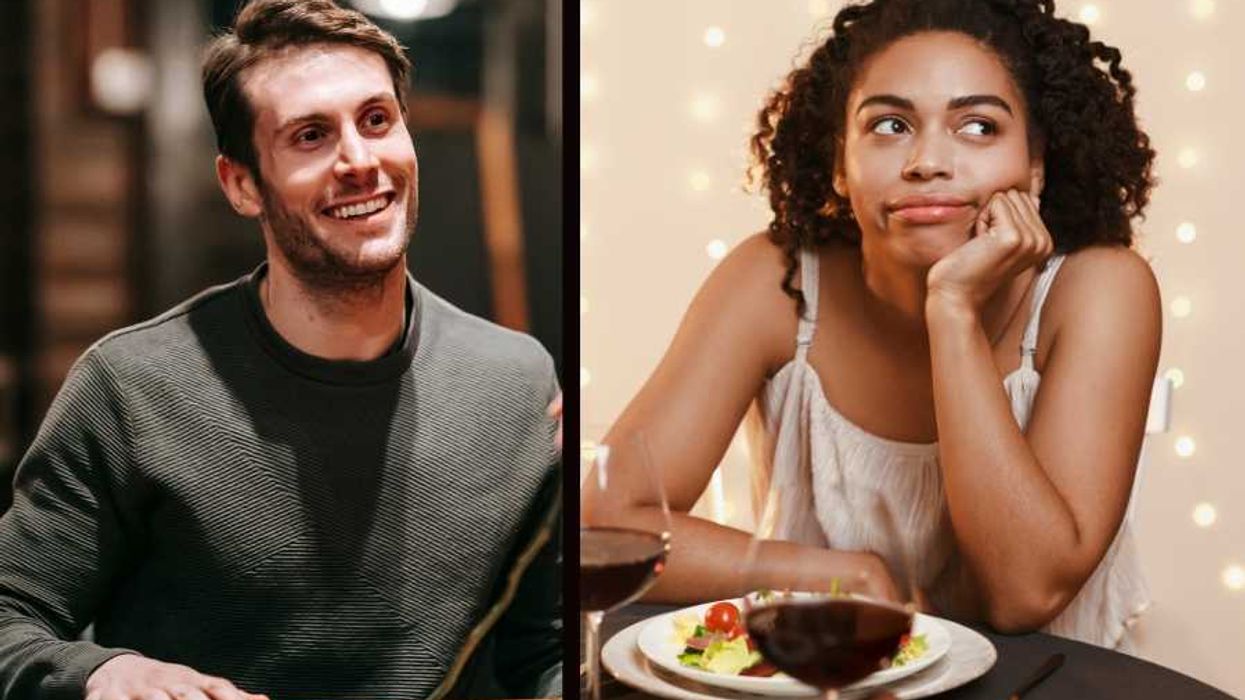

 Ladder leads out of darkness.Photo credit
Ladder leads out of darkness.Photo credit 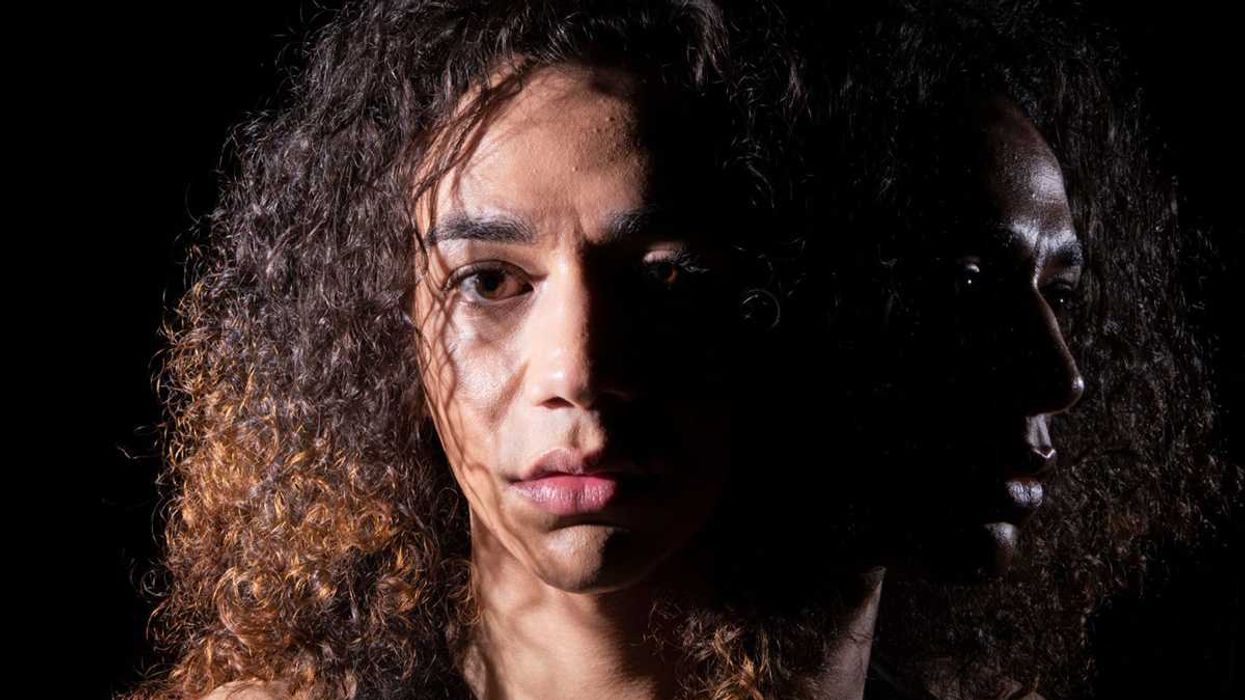 Woman's reflection in shadow.Photo credit
Woman's reflection in shadow.Photo credit  Young woman frazzled.Photo credit
Young woman frazzled.Photo credit 
 A woman looks out on the waterCanva
A woman looks out on the waterCanva A couple sits in uncomfortable silenceCanva
A couple sits in uncomfortable silenceCanva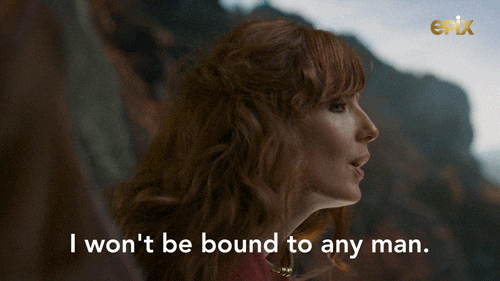 Gif of woman saying "I won't be bound to any man." via
Gif of woman saying "I won't be bound to any man." via  Woman working late at nightCanva
Woman working late at nightCanva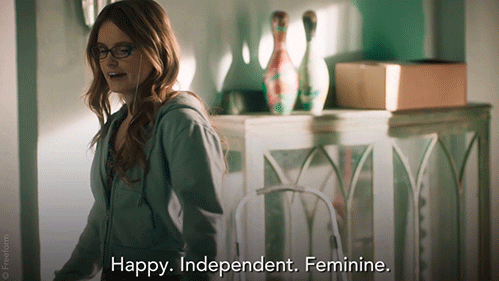 Gif of woman saying "Happy. Independent. Feminine." via
Gif of woman saying "Happy. Independent. Feminine." via 
 Yonaguni Monument, as seen from the south of the formation.
Yonaguni Monument, as seen from the south of the formation. 